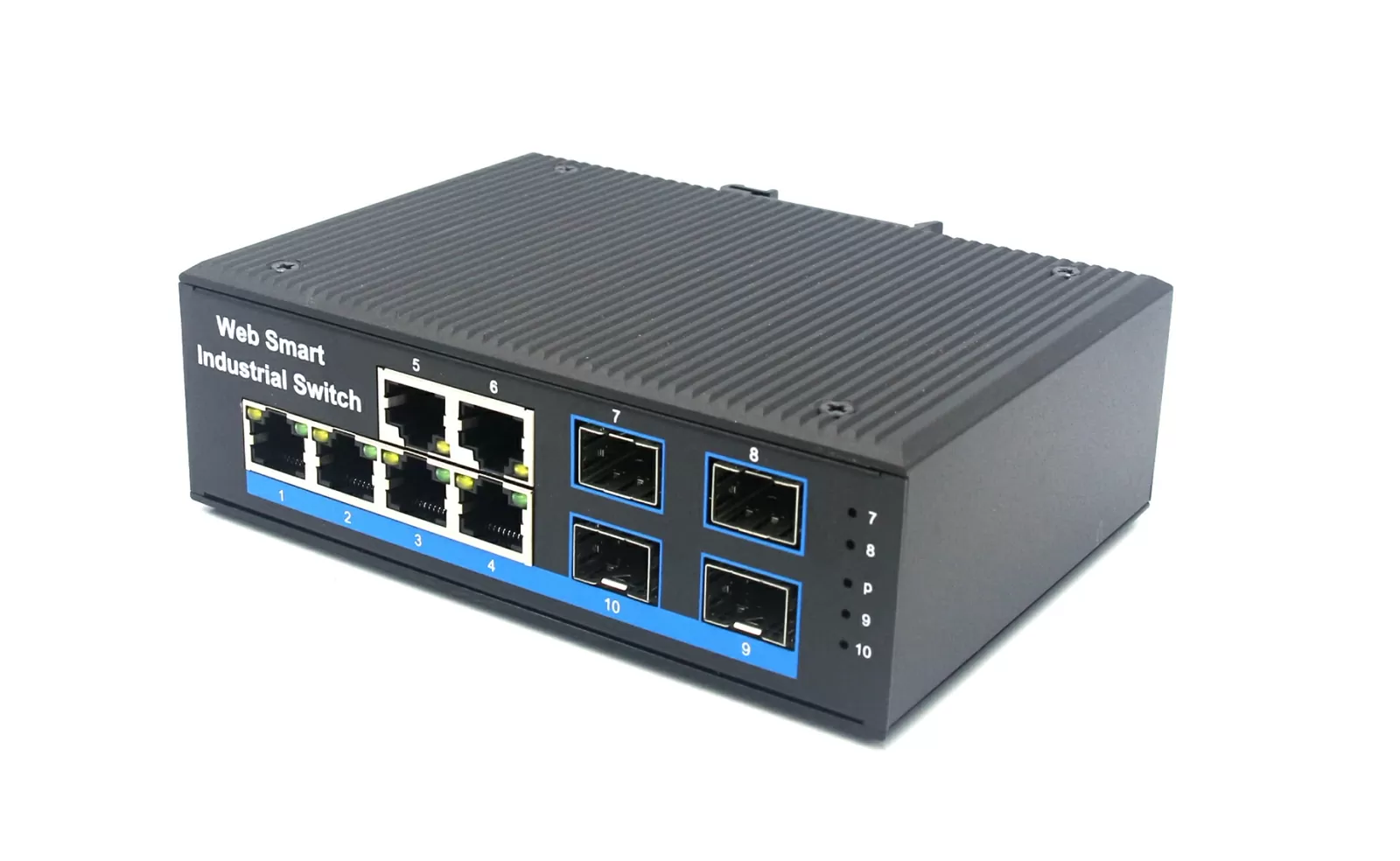.

Exploring the Economics of Industrial Switches
When considering the implementation of industrial networks, the cost of industrial switches plays a vital role. A deep understanding of the factors influencing the price is crucial for making informed decisions. In this article, we delve into the various cost considerations associated with industrial switches.

1. Hardware Costs:
One of the significant components impacting the cost of industrial switches is the hardware itself. The quality, durability, and performance level of the switch determine its price. High-grade switches with advanced features such as high bandwidth, strong security, and reliable redundancy tend to be more expensive. On the other hand, simpler switches with basic functionalities are relatively cheaper.
2. Port Density and Gigabit Support:
The number of ports and the gigabit support capability of industrial switches also add to their cost. Industrial switches are available in various configurations, with a higher port count usually leading to increased costs. Similarly, the ability to support gigabit Ethernet connections can raise the price, as it enables faster data transfer rates.
3. Power over Ethernet (PoE) Capability:
Some industrial switches come equipped with Power over Ethernet (PoE) functionality, allowing them to provide power to connected devices such as IP cameras, access points, or VoIP phones. While this feature adds convenience and cost savings by eliminating the need for separate power sources, PoE-capable switches generally have a higher price tag.
4. Industrial Grade and Environmental Considerations:
The environment in which industrial switches operate can be harsh, with extreme temperatures, humidity, dust, and vibrations. Industrial-grade switches are specifically designed to withstand such conditions, featuring ruggedized casings and enhanced protection. The additional engineering required to meet these standards results in higher costs compared to switches intended for office or residential use.
In conclusion, the cost of industrial switches varies based on factors such as hardware quality, port density, gigabit support, PoE capability, and industrial-grade specifications. When selecting an industrial switch, it is crucial to balance the requirements of the network with the associated price point to ensure optimal performance and cost efficiency.





